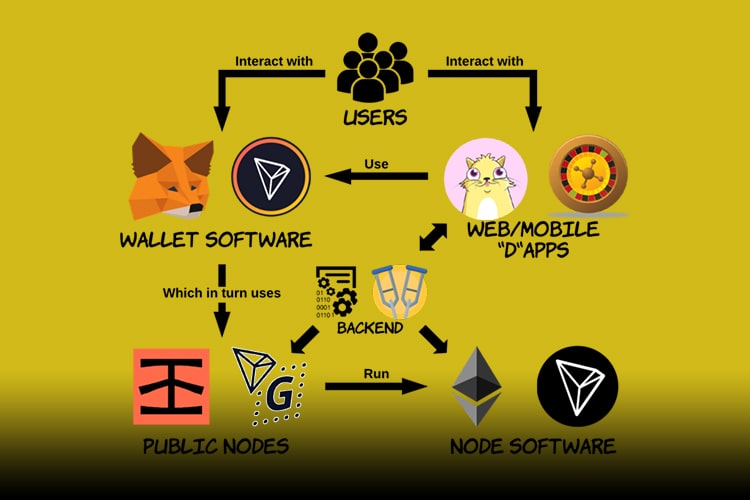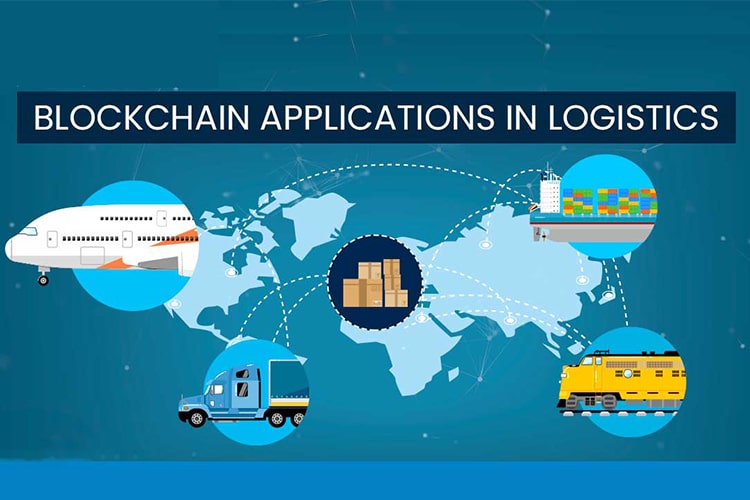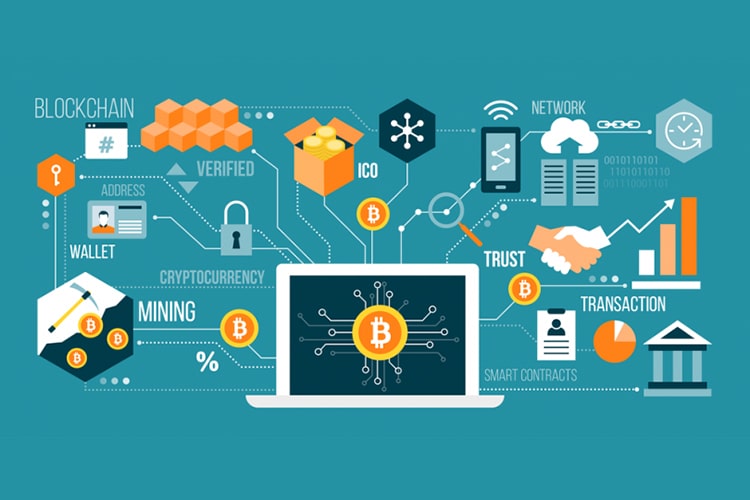



Cryptocurrency is one of the main applications of blockchain technology, but not all of it. We have several applications in blockchain technology. The usefulness of blockchain technology doesn’t stop with cryptocurrencies.
There are many non-cryptocurrency applications of blockchain technology that are already being implemented. Let’s go through some of the main applications of blockchain without cryptocurrency in the world.
In this section, the blockchain provides a perfect system for risk-free management and transparency. With Ethereum’s smart contracts and decentralized applications, insurance can be conducted over blockchain accounts, introducing more automation and tamper-proof audit trails.
Blockchain experts can write insurance policies as coded smart contracts. Blockchain smart contracts will create immutable data based on an insurance policy owner’s record. If any false or fraudulent claims are made by the policy owner, the smart contract will immediately dissolve and the payment will be back to the individual.

In the internet of things (IoT), the blockchain and in general peer-to-peer technologies plays an important role in development of decentralized applications running on the billions of devices.
Blockchain’s complexity including high computing costs and delays, is a challenge of using blockchain in internet of things applications. In the following figure, we can see challenges of adapting blockchain in internet of things applications.
By running blockchain complex algorithms, we will require a high-power rate on resource constrained devices. Bitcoin’s energy consumption is compared with the domestic power consumption of Ireland, which IoT devices cannot undertake!
For example, by eliminating the blockchain’s Proof of Work (PoW) mechanism, we can reduce power consumption and also improve the performance. But we must pay attention that PoW prevents sybil attacks and makes the blockchain tamper-proof. This is one of the important challenges that we have here in IoT Devices whenever we want to use blockchain complex algorithms on them.
IoT devices continuously stream data, which will lead to high concurrency. Blockchain’s throughput has limitation because of complex cryptographic security protocols and also consensus mechanisms. Here the challenge is to boost blockchain’s throughput to meet the need of frequent transactions in IoT devices that continuously stream the data.

In the blockchain network, every node that participates in the blockchain’s network, maintains the local copy of the distributed ledger. While this decentralized structure improves efficiency, solving the bottleneck issue and also removing the need for 3rd party mediators; there is a problem in handling these huge amounts of data on the IoT devices. Studies show that Blockchain nodes would need approximately 730 GB of data storage per year if 1000 participants exchange a single 2 MB image per day in a Blockchain application. So here, handling these huge amounts of data, big data, is one of the main challenges that we will face when we are going to use blockchain on the IoT devices with the limited capacity of storage.
By using blockchain technology, we can guarantee the transparency and privacy of the data. This is essential in some applications like finance. However, we need to store and access the IoT data from some other IoT system like healthcare systems, eHealth, on the blockchain. This is the challenging part between transparency and privacy.
Ongoing IoT laws and regulations will be outdated when new trends like blockchain technology comes in. We need to have new laws and regulations to use blockchain technology in the internet of things (IoT). So, there are lots of new features in blockchain technology like decentralization, anonymity, immutability, and automation. We must know that these features need new regulations.
IoT devices need to be connected to high computing storage and networking resources to share IoT data.
Connectivity issues of IoT devices are one of the important challenges of adapting blockchain in IoT applications.
IoT has limited capabilities to connect them with blockchain technology.
There are some examples of blockchain internet of things (IoT) applications like smart appliances, supply chain sensors.
Smart appliance is a device that connects to the internet and gives us more information and control than before. Encrypting these appliances on the blockchain protects your ownership.
Supply chain sensors give companies end-to-end visibility of their supply chain by providing the data on the location and condition of the supplies as they are transported around the world.

There are some applications in blockchain smart contracts like blockchain healthcare, blockchain music, and blockchain government.
Blockchain experts in blockchian healthcare can encode and store personal health records on the blockchain with a private key and the distributed ledger could be used for general healthcare management such as supervising drugs, testing results.
In blockchain music, we can solve some of the main issues in the music industry. One of the main issues in the music industry is ownership rights. The blockchain and smart contracts technology can solve the problem by creating a comprehensive decentralized ledger of music rights. Also, players can be paid via cryptocurrencies.
In blockchain government, we can have a voting system on the blockchain network. By using blockchain technology we can make it so secure and transparent. Also, we can have blockchain identity like digital passports, or birth, wedding and death certificates on the blockchain network. The blockchain could make record-keeping more reliable by encrypting the data.
Also, we have use cases in financial services like asset management. Traditional process is expensive and risky, particularly when it comes to cross-border transactions. The blockchain ledger reduces error by encrypting records, also the ledger will simplify the process, because there is no need for intermediary nodes.
Most people who are aware of blockchain technology, learned about it because of the king of all cryptocurrencies, bitcoin; But in this article, we see that there are lots of blockchain use cases that can solve many issues. Maybe we can say blockchain without cryptocurrency is just a database innovation, and this is great.
It is also important to note that the traditional international financial system requires significantly more energy than the Bitcoin network. All of the disparate parts that make up the whole of the global banking network – banking data centers, card network data centers, ATMs and bank branches – use a lot of energy.